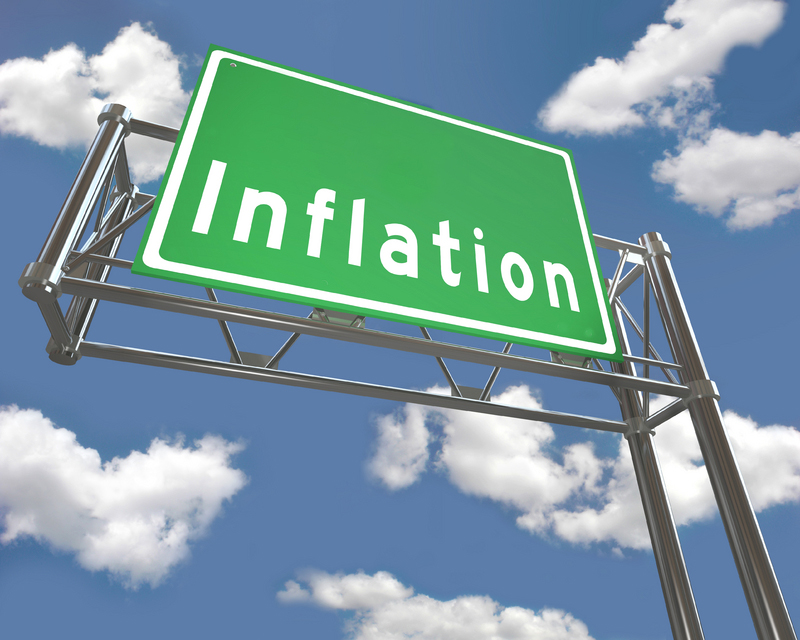A look at the figures from the past four decades will indicate that except for a short-lived period, Iran’s economy has been struggling with skyrocketing inflation rates, including 50% in 2006 and 30% in 2013, making inflation one of the most long-lasting economic challenges of the country, IRNA cited Ali Dini, professor of economics at the University of Tehran’s Faculty of Management as saying.
“Inflation is rooted in capital accumulation and weak absorptive capacity. It has become a structural phenomenon in the country,” Dini said.
According to Dini, absorptive capacity will remain low as long as management skills and organizational abilities are weak. Consequently, production capacities grow at a sluggish rate and fail to catch up with the escalating speed of demand, reinforcing economic reproduction over time.
Inflation is one of the contributing factors to unbalanced wealth distribution, financial pressure on the lower class of society, economic uncertainty, and reduced investing prospects that together lead to economic stagnation.
Imbalance between Industry and agriculture sectors on the one hand, and real estate and financial assets on the other cause the majority of capital to be engrossed by the real estate, gold, and foreign exchange markets. As a result, industry and agriculture are hindered while the prices of real estate, currencies, and gold rise to build inflationary pressure.
Increasing the money supply of producing sectors is inevitable amid economic sanctions and imposed limitations. Iran can take advantage of the current sanctions by establishing an economic structure that exploits domestic capacities to the full, uses regional capacities to meet a part of domestic needs, is independent of oil-based revenues, and helps boost non-governmental sectors.
Although price control is high on the government’s agenda, there has never been a long-term solution to efficiently curtail inflation.
“The government intends to reduce inflation by 15%; however, that does not ensure price stabilization. If they succeed in reducing the inflation rate, households whose income increases by at least the same percentage are ensured social welfare while the unemployed or low-wage households will become more insecure,” the professor noted. “In other words, the rich get richer and the poor poorer.”
He went on to say that currently 140 countries in the world have inflation rates of less than 5% and should the government manage to reduce inflation by 15%, Iran would still be a long way from the global average. Therefore, recognizing the leading causes of inflation as well as combat strategies will not only help promote social justice but also count as a big step toward economic stability and sustainable development.
Dini cited prohibiting imports, increasing the risks of smuggling, creating a competitive atmosphere for production, lessening transaction costs, insuring a safe economic environment, increasing the productivity, abstaining from non-scientific decisions, elevating private sector, and implementing delayed projects as other strategies the government could adopt to curb inflation.


